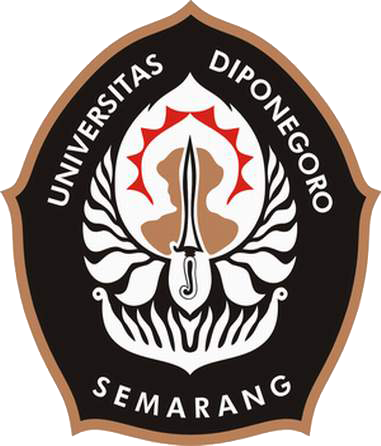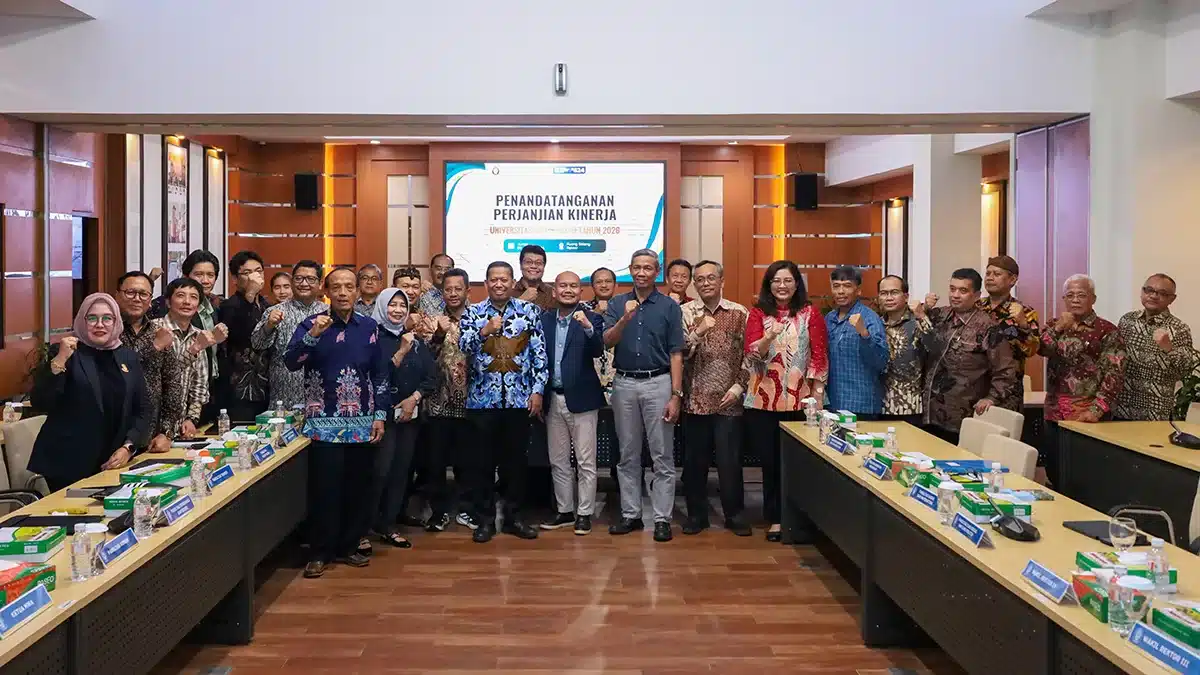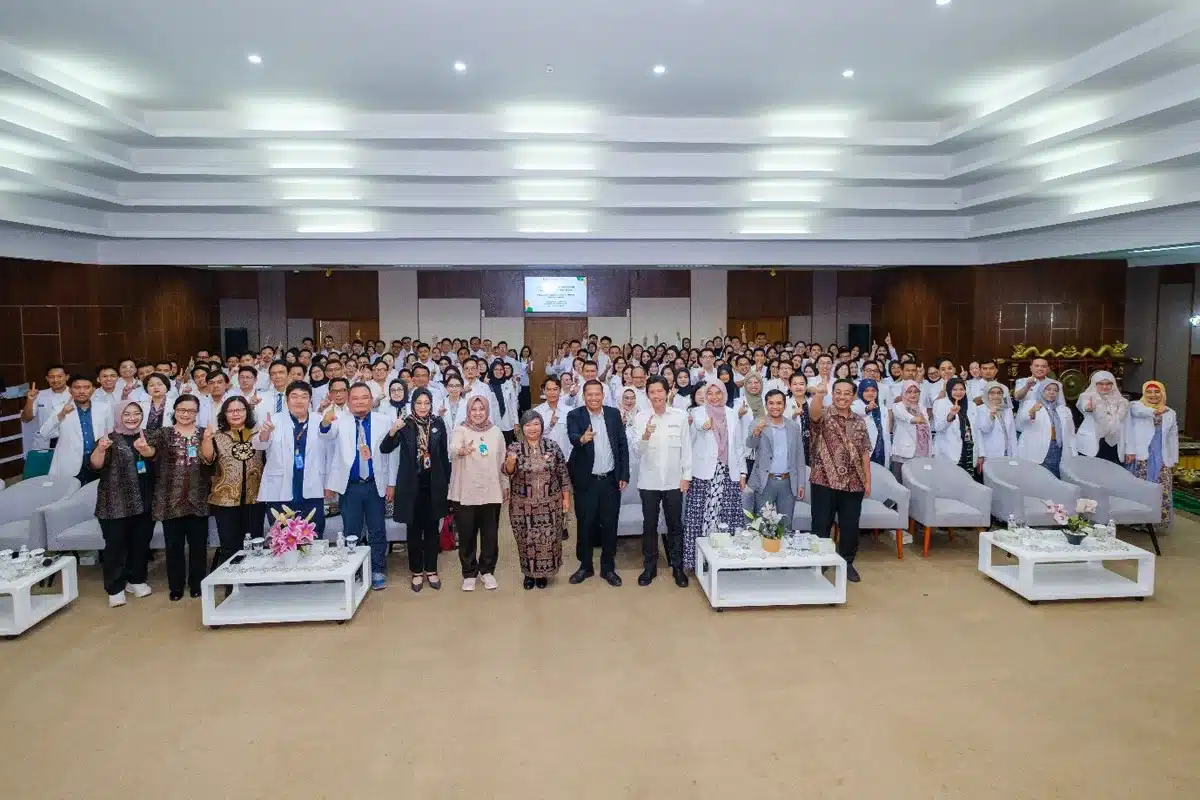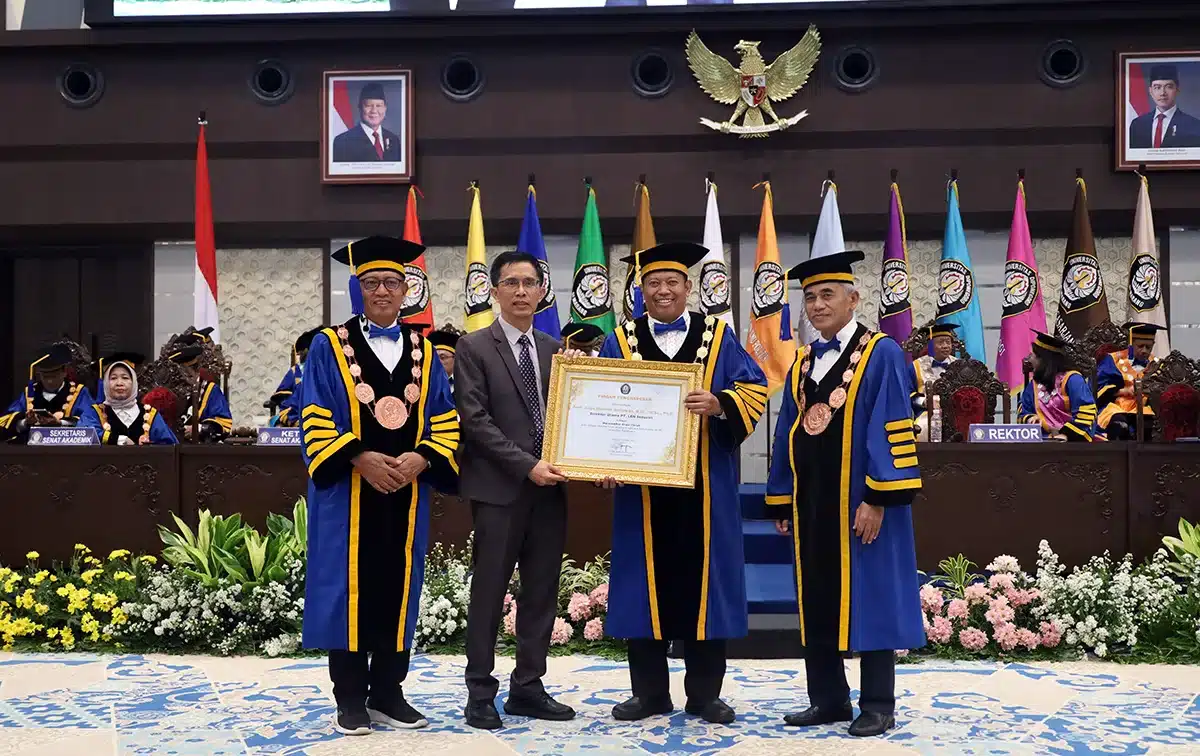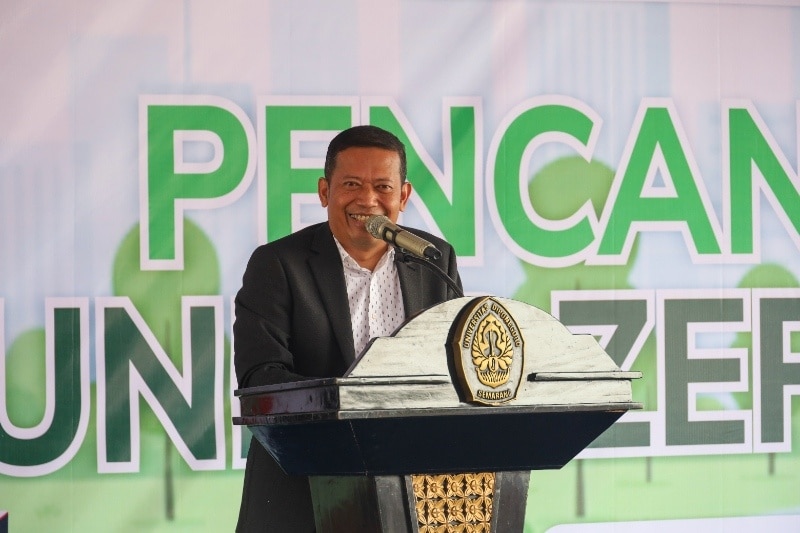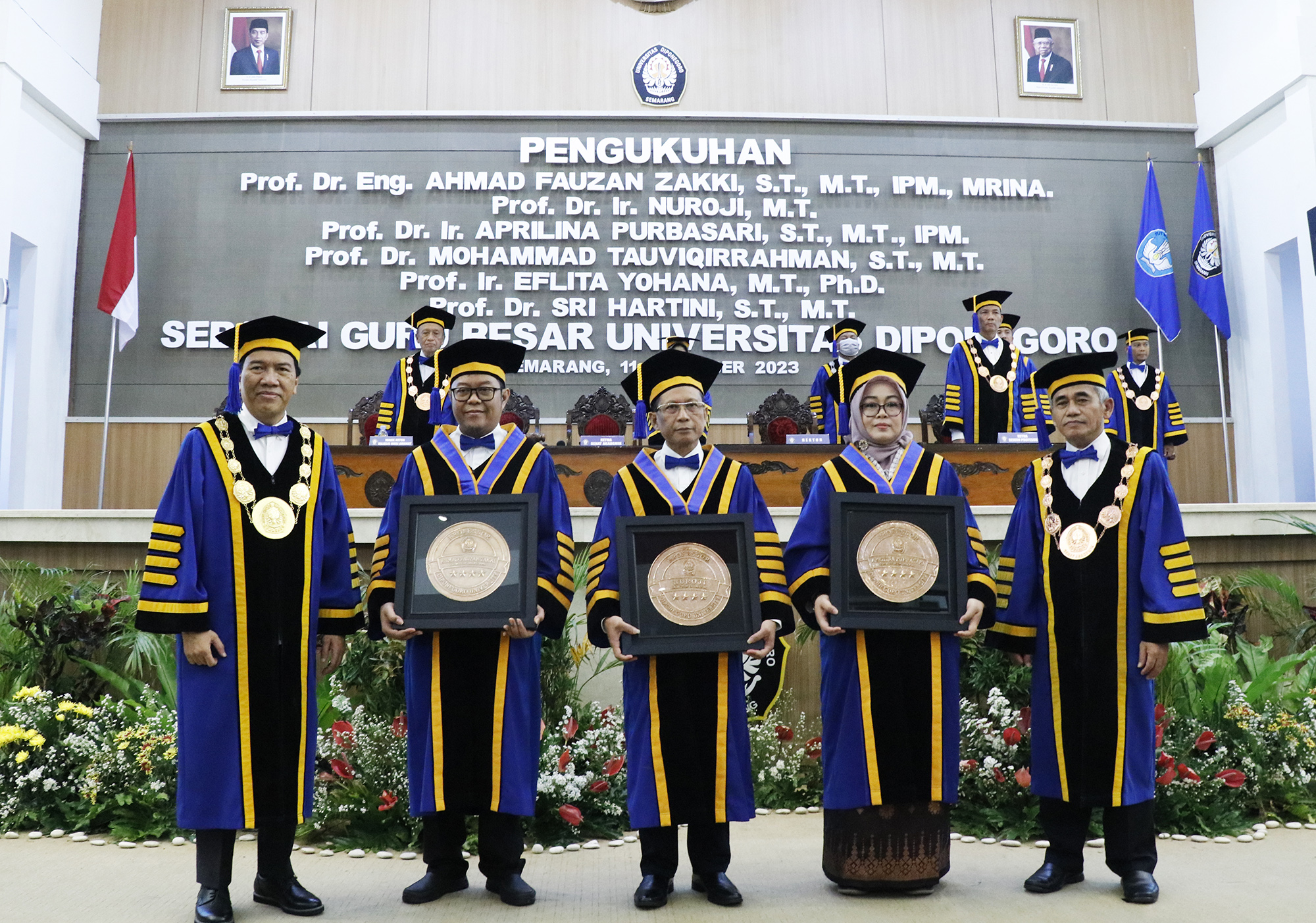Diponegoro University again confirmed 3 (three) professors from the Faculty of Engineering on Monday, December 11, 2023, at the Prof. Soedarto S.H. building, Tembalang. This inauguration is a series of inauguration activities for 32 (thirty-two) Undip professors starting from December 5 to December 14, 2023. The 3 (three) Undip professors who were inaugurated were Prof. Dr. Eng. Ahmad Fauzan Zakki, S.T., M.T. (Ship Structure and FSI Analysis expertise); Prof. Dr. Nuroji, M.T. (Structural Engineering/Structure Analysis 2 expertise); and Prof. Dr. Aprilina Purbasari, S.T., M.T. (Chemical Engineering expertise).
In his scientific speech entitled “Implementation of Dynamics Explicit Finite Element Method in Lifeboat Hull Design Innovations for Marine Disaster and Tsunami Evacuation,” Prof. Dr. Eng. Ahmad Fauzan Zakki, S.T., M.T. explained that disasters that occur in marine and coastal environments could result in casualties. Cases of accidents that hit offshore buildings, sinking ships or natural disasters such as tsunamis encourage engineers to develop safety equipment in the form of lifeboats as vehicles for evacuating victims from the disaster environment to a safe place.
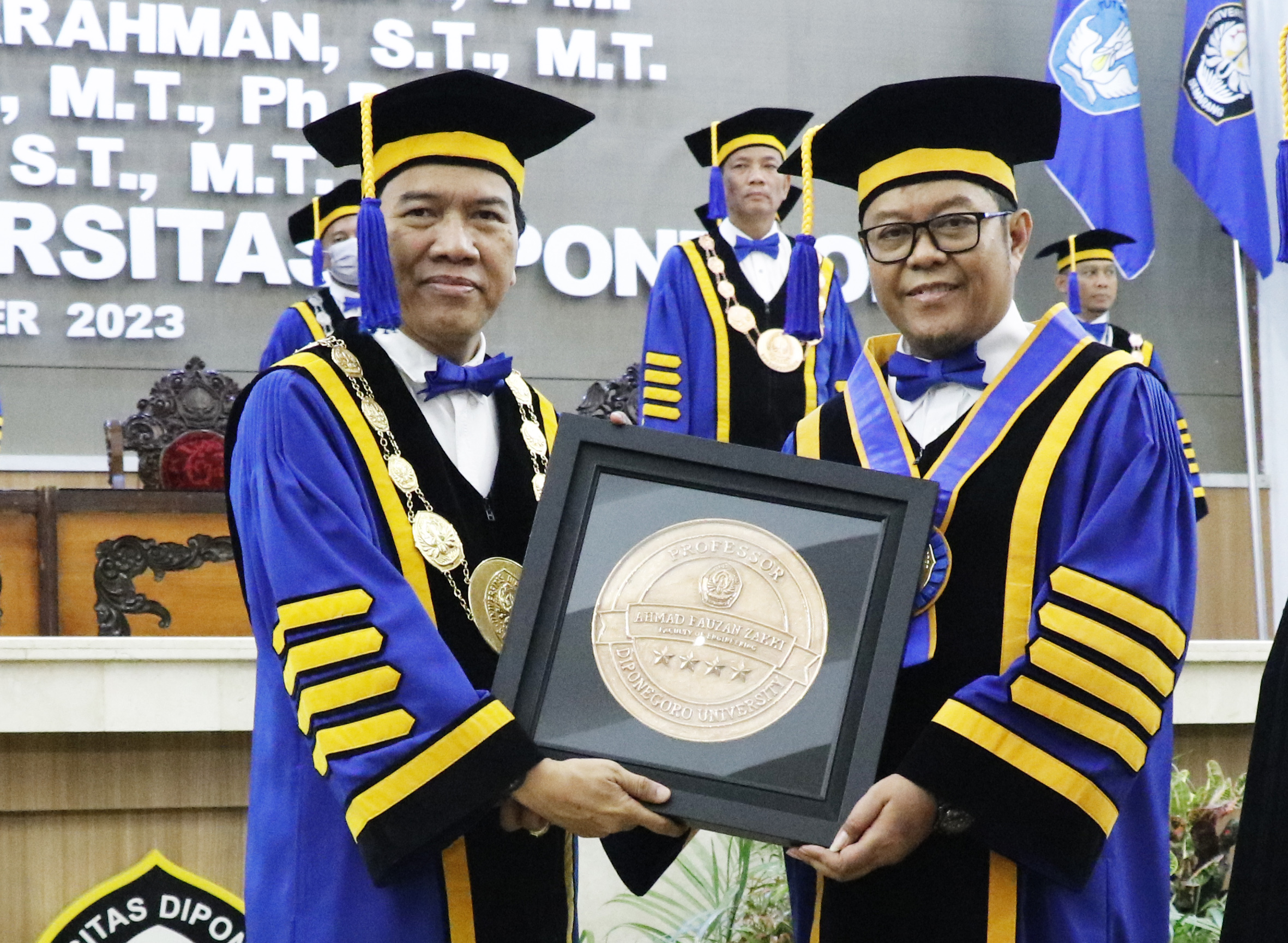
Technological breakthroughs in safety equipment, especially lifeboats, must be supported by analytical tools capable of predicting or evaluating the performance of proposed lifeboat designs. “The Explicit Dynamic Finite Element Method, especially in the analysis of fluid and structure interactions with the Arbitrary Lagrangian-Eulerian (ALE) algorithm, is one of the numerical analysis methods that are able to provide solutions in predicting, studying, and evaluating several main performances of a lifeboat design. “This is very helpful in the design process stages,” explained Prof. Ahmad Fauzan Zakki.
Meanwhile, Prof. Dr. Nuroji, M.T. explained the scientific work entitled “Retrofitting Building Structures to Increase Building Reliability.” Prof. Nuroji said that buildings that have experienced a decrease in capacity due to changes in building function, changes in materials, design or implementation errors, fires, corrosive environments and earthquakes have the potential for the structure’s capacity to accept the loads it is carrying to be inadequate, so an evaluation must be carried out before being put back into use.
According to Prof. Nuroji, changes to structural planning standards and earthquake load planning standards have the potential to result in lower planned earthquake loads and elasticity, so it is necessary to study existing structures to determine their behavior, capacity and elasticity in withstanding earthquake loads.
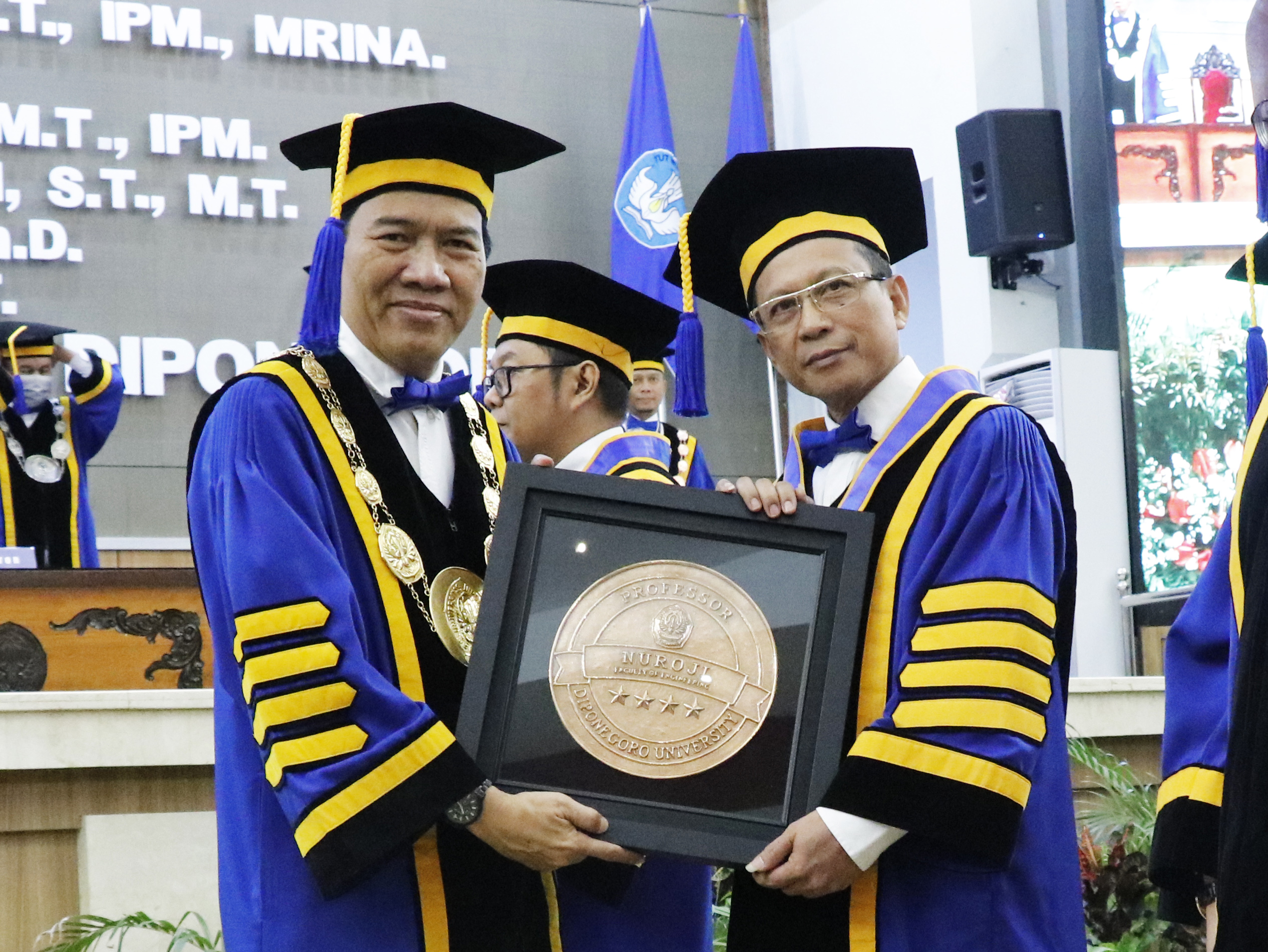
“Increasing structural capacity can be done by strengthening existing structures after evaluation. Several structural strengthening methods have been developed and can be applied to increase the capacity and elasticity of existing structures,” said Prof. Nuroji.
The professor expert in Chemical Engineering, Prof. Dr. Aprilina Purbasari, S.T., M.T., presented her scientific speech entitled “Utilization of Geopolymer from Solid Waste as Cement and Adsorbent for Environmental Sustainability.” According to her, global climate change and water pollution are environmental problems that we are facing. The Portland cement industry contributes to global climate change because it contributes to CO2 gas emissions, which are around 5-7% of total global CO2 gas emissions. Meanwhile, the presence of heavy metals and dyes in waters originating from industrial activities can endanger the health of humans and other living creatures.
An alternative material to replace Portland cement with lower energy consumption and CO2 gas emissions is geopolymer. Geopolymer can also be used as an adsorbent for heavy metals and dyes. When used as an environmentally friendly cement, geopolymer is made from combustion products with bamboo and kaolin.
“A study of the characteristics of geopolymers, including compressive strength and resistance to acidic environments and high temperatures, has been carried out. The compressive strength of geopolymer mortar meets ASTM C270. Apart from that, the geopolymer shows relatively better resistance to acid solutions and high temperatures than commercial Portland cement mortar,” said Prof. Aprilina.
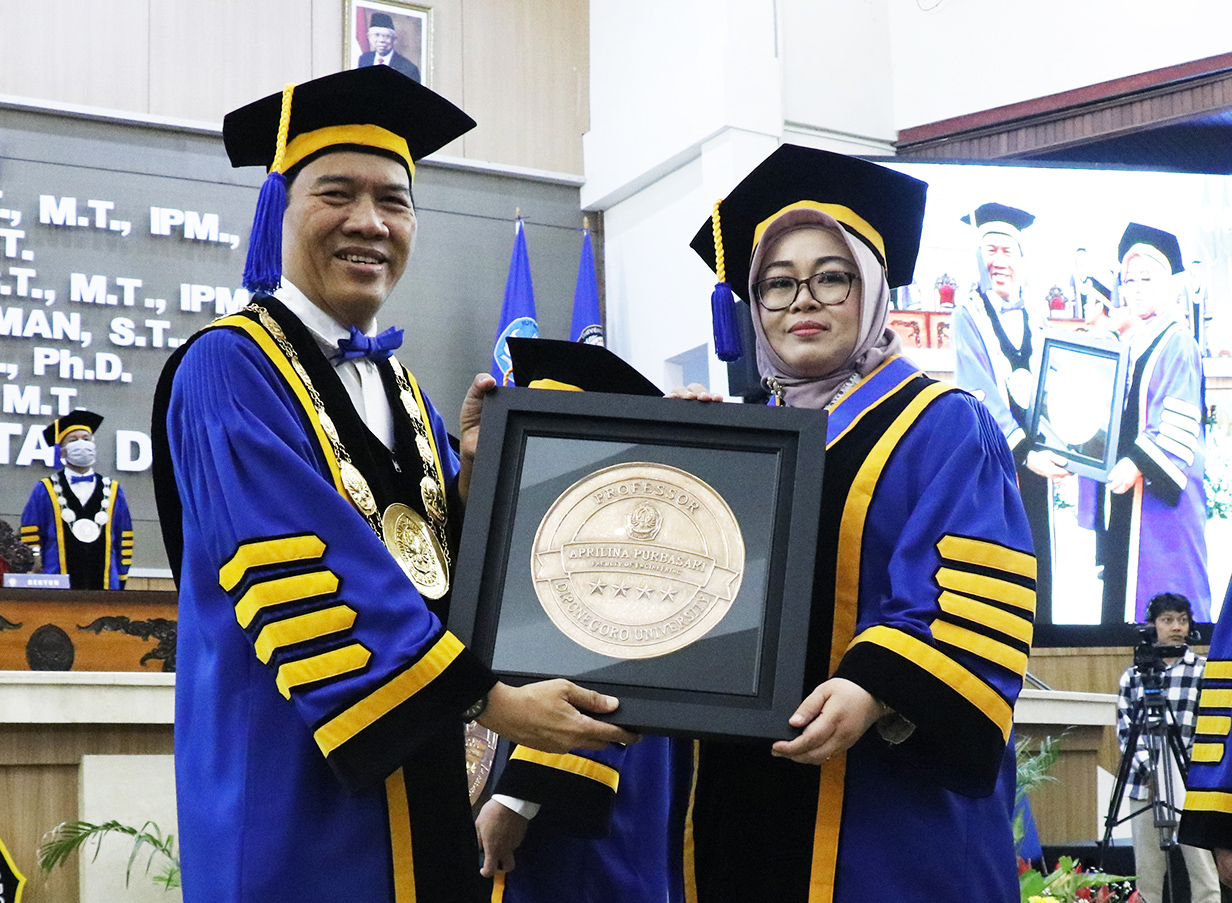
Meanwhile, in the use of geopolymers as adsorbents, geopolymers obtained from both coal fly ash and a mixture of bamboo ash and metakaolin have shown their ability to adsorb heavy metals. Geopolymer modification from coal fly ash by adding a blowing agent can increase the porosity and adsorption capacity of cationic and anionic dyes. Furthermore, changes have also been made by adding cationic surfactants to increase the adsorption capacity of anionic dyes.
“Using solid waste from combustion as raw material for geopolymer is an effort to reduce the environmental burden. Furthermore, the use of geopolymers as environmentally friendly cement and adsorbents in the treatment of water containing heavy metals and dyes is a form of using geopolymers as an innovative material for environmental sustainability. The prospects and challenges in using geopolymers on an industrial scale need to be studied further,” concluded Prof. Aprilina.
